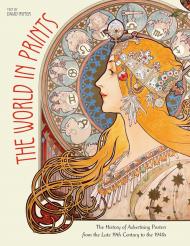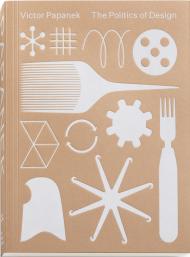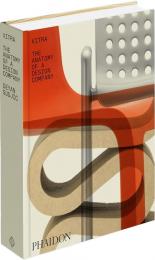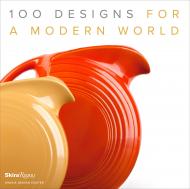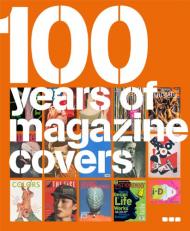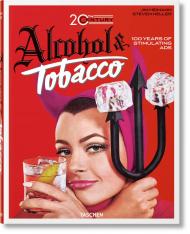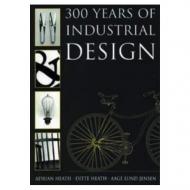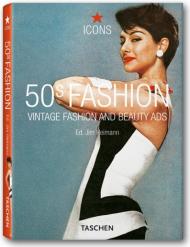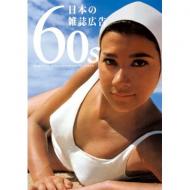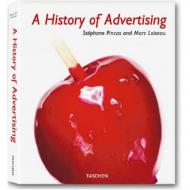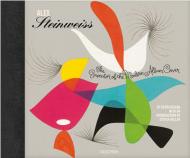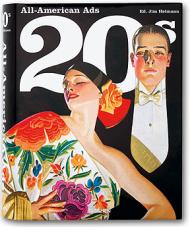Хроніки впливу художнього плаката у Франції та його швидкого поширення по Європі та Сполучених Штатах
Скромний плакат, швидкий та ефективний засіб, що використовувався для поширення новин або реклами товарів, піднявся до рівня шанованої форми мистецтва наприкінці 1800-х років у Франції. «Художній плакат» народився на поєднанні нових естетичних рухів, технологічних досягнень та суспільних змін. Художники, під впливом егалітарного духу руху «Мистецтво та ремесла», були зміщені зі своїх високих посад, щоб приєднатися до практичного мистецтва. Художник Жюль Шере, «батько сучасного плаката», удосконалив засіб високоякісного друку, який створював великі, насичені кольором зображення. Середній клас, що розвивався, був легкою мішенню для споживання нещодавно виготовлених товарів, літературних публікацій, театральних заходів та розваг у вільний час. Море чудових зображень додало радості життя повсякденному життю, започаткувавши період французького життя, відомий зараз як Прекрасна епоха. Ці плакати, хоча й швидкоплинні за своїм наміром, збиралися та постійно відтворювалися протягом наступних десятиліть, що свідчить про їхню позачасову красу та емоційну глибину.
Ця книга описує вплив художнього плаката у Франції та його швидке поширення по Європі та Сполучених Штатах, а також пропонує читачам екскурсію художником у світ розвитку художнього плаката.
Про автора:
Девід Раймер — австралійський автор художньої та документальної літератури, фріланс-письменник, експерт з історії образотворчого мистецтва та графічного дизайну. Він написав різні статті та біографії про найважливіших художників та художників Прекрасної епохи та інших мистецьких рухів. Він організовував художні та культурні виставки в Дубаї та Абу-Дабі від імені Департаменту мистецтва та культури ОАЕ, Mubadala та Департаменту виконавчих справ. Він розробляв корпоративний стиль, упаковку, дизайн експозицій та друкованої продукції для своїх клієнтів; протягом останніх років рецензував виставки в Art Dubai та Art Abu Dhabi.
